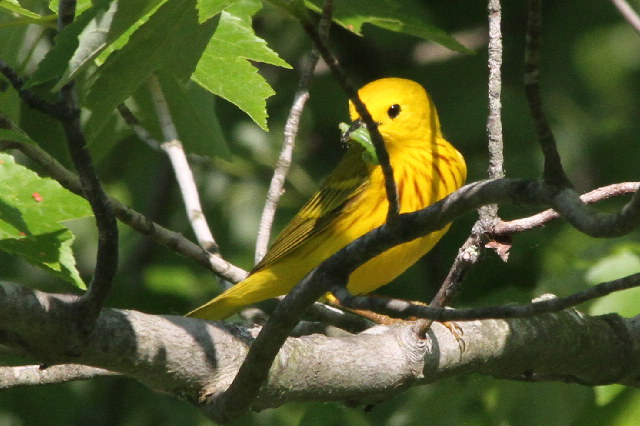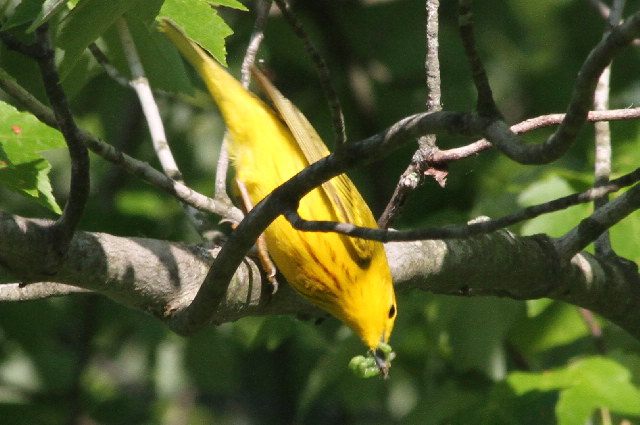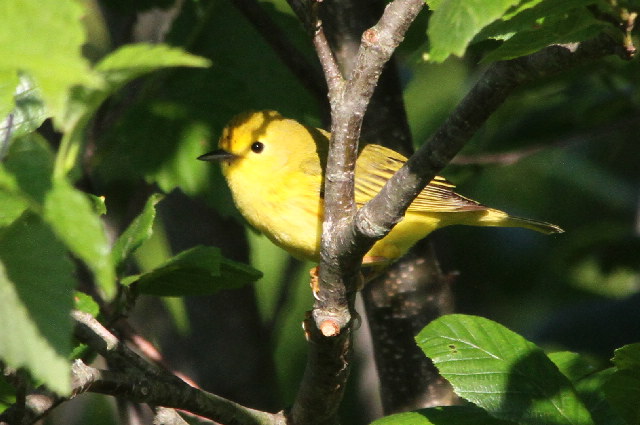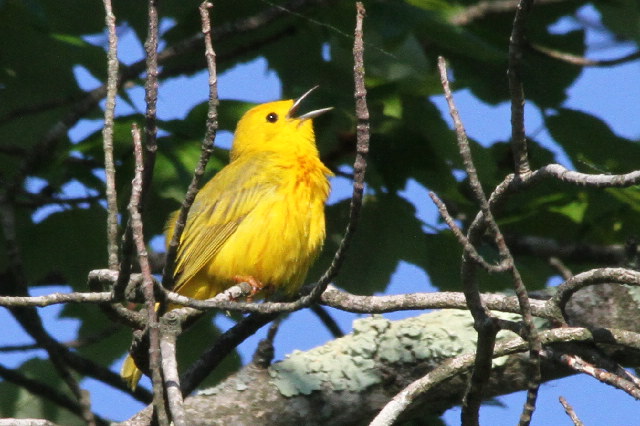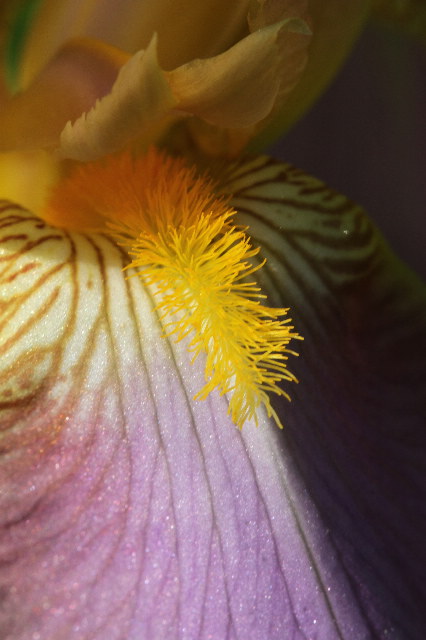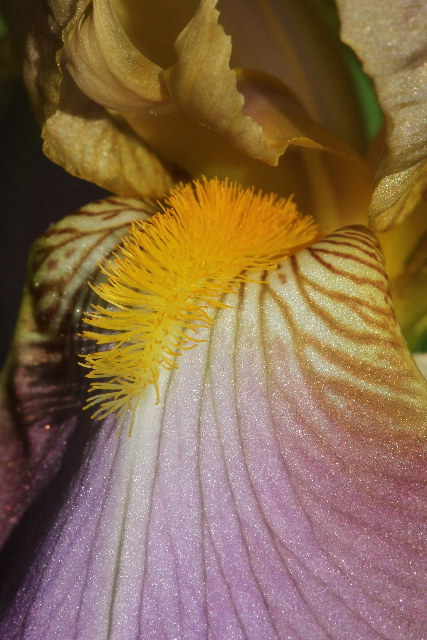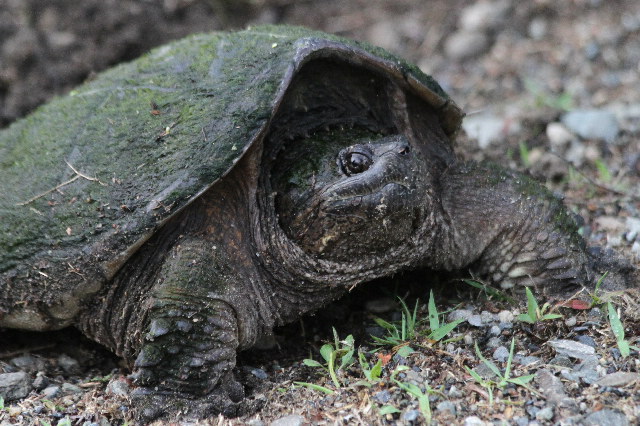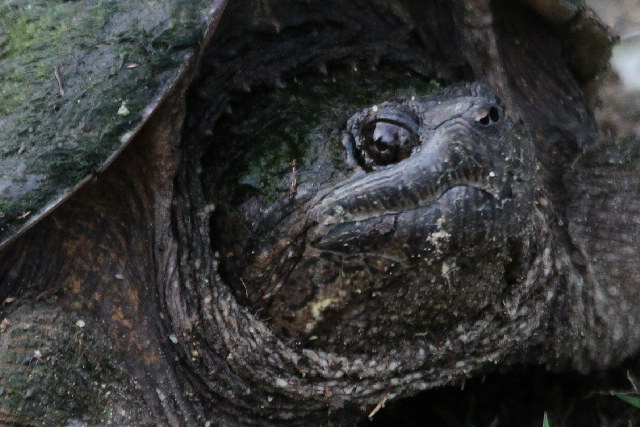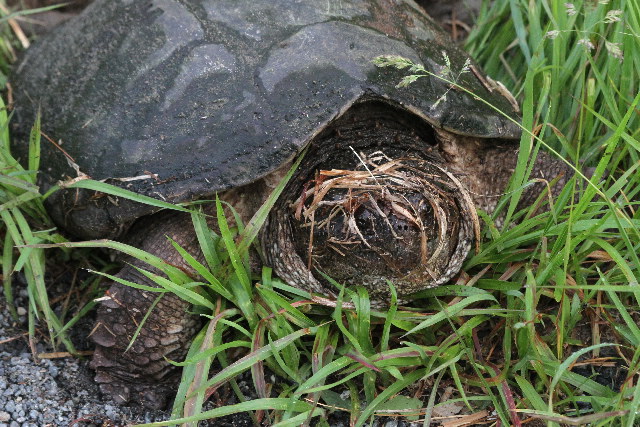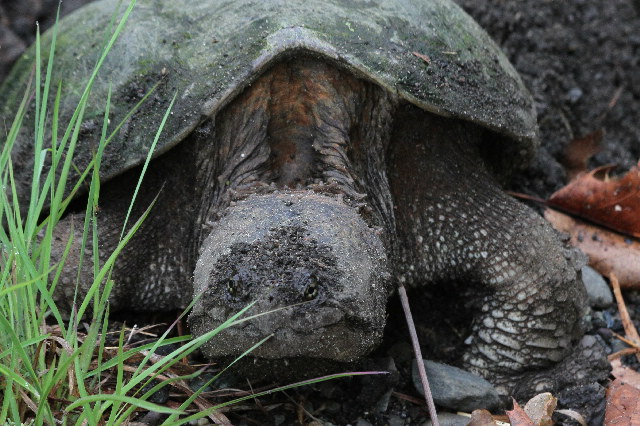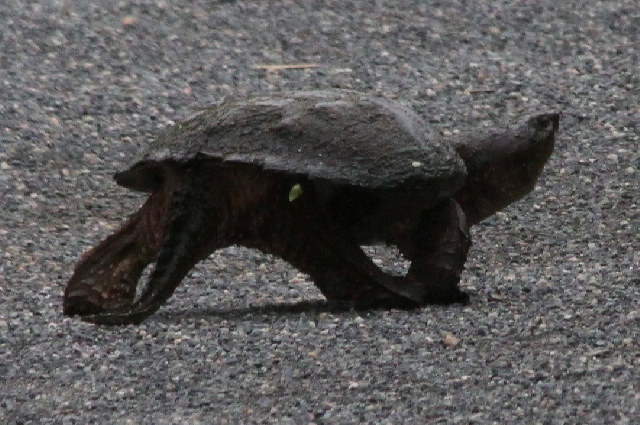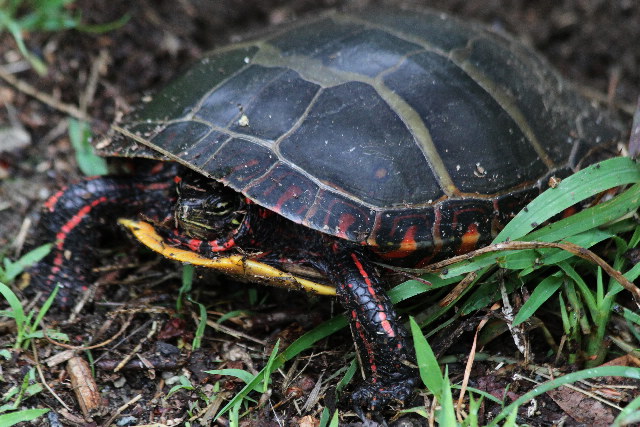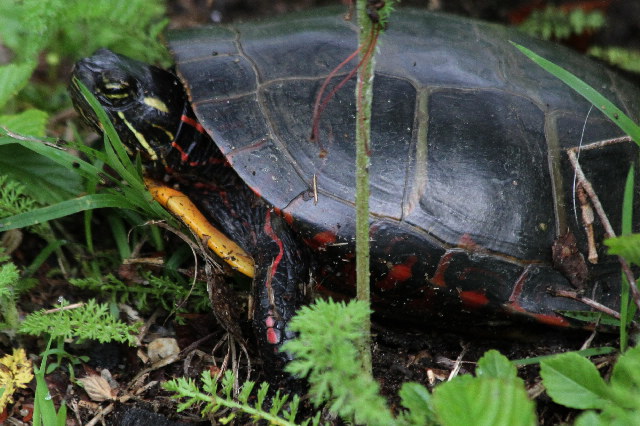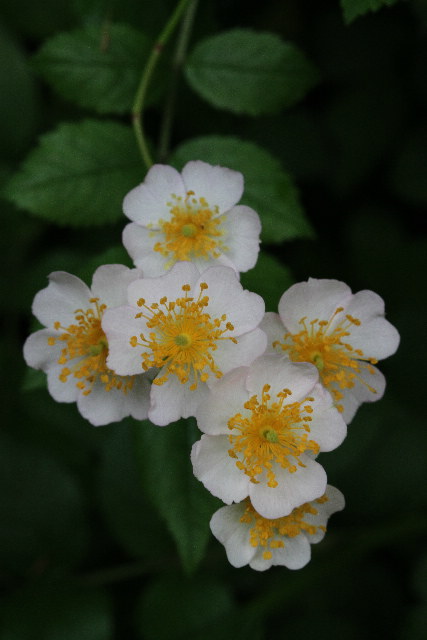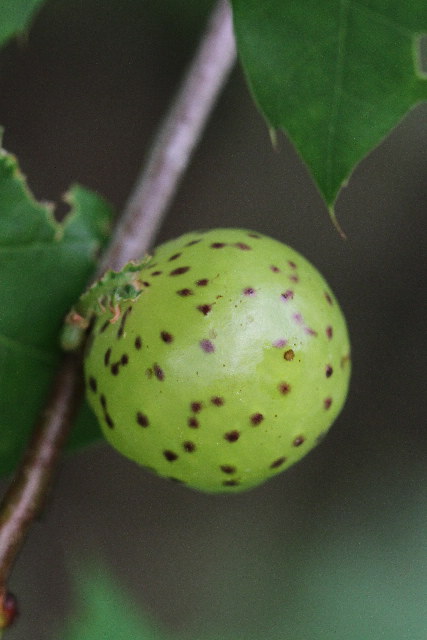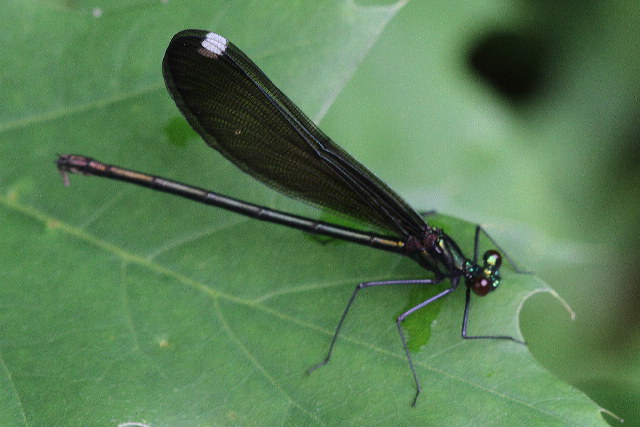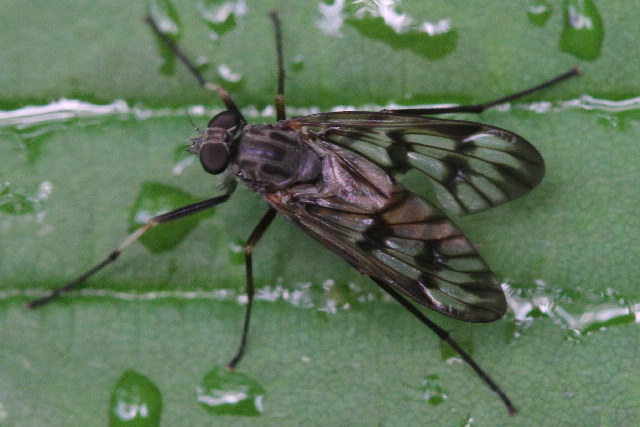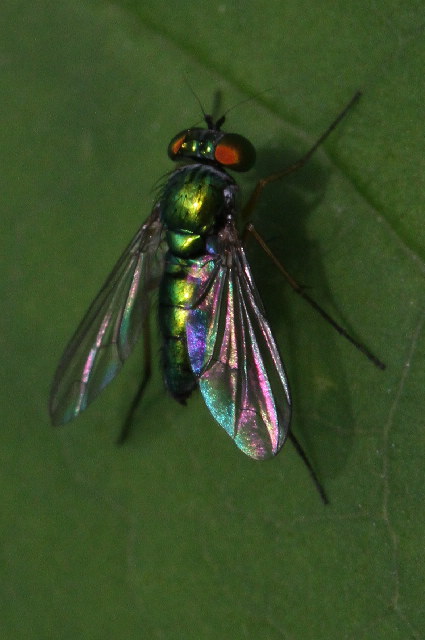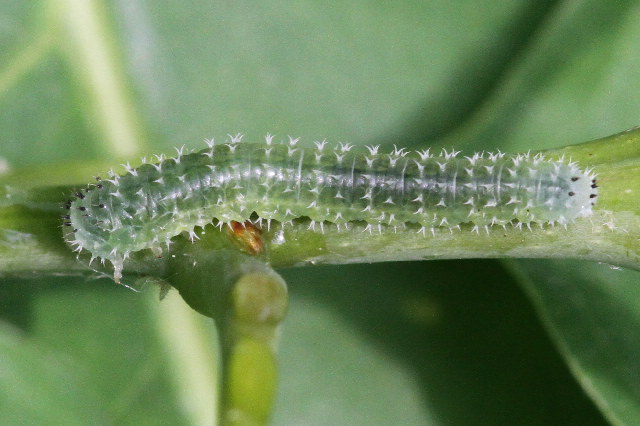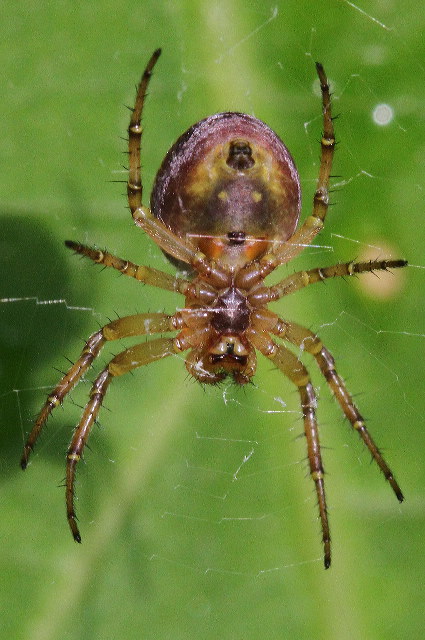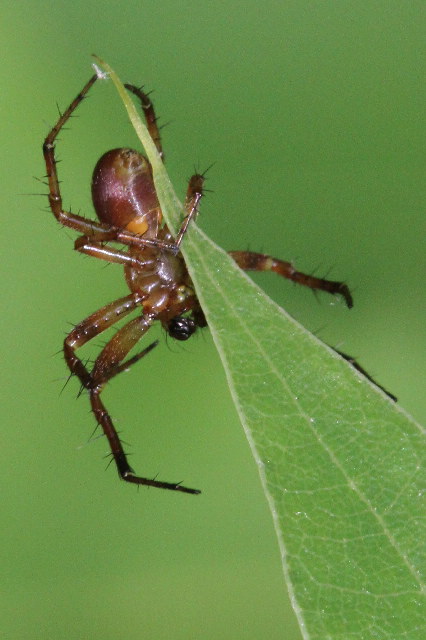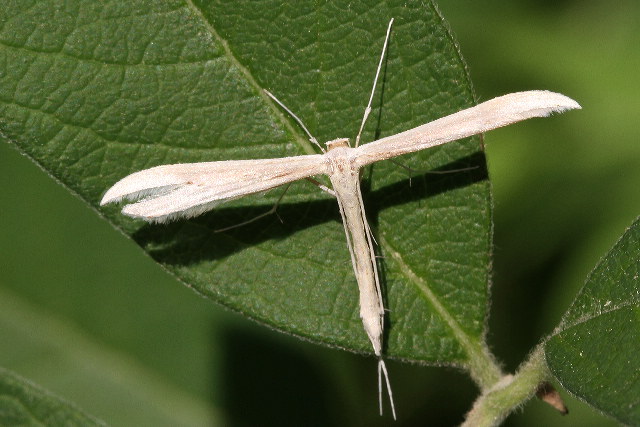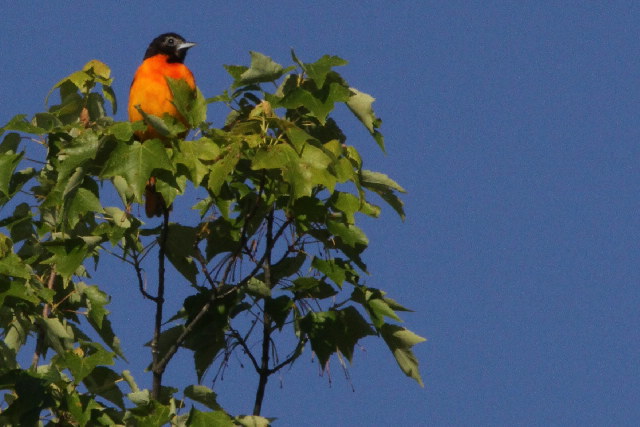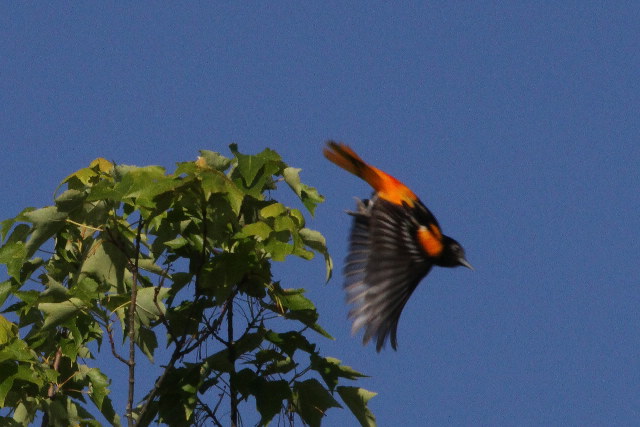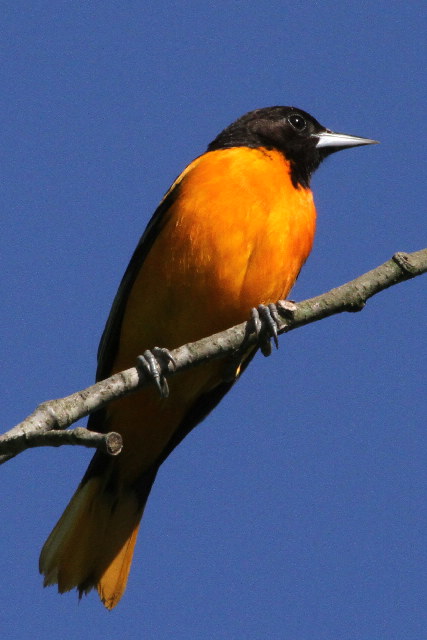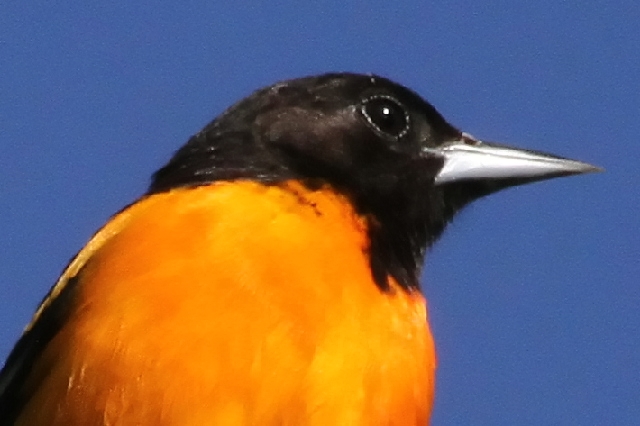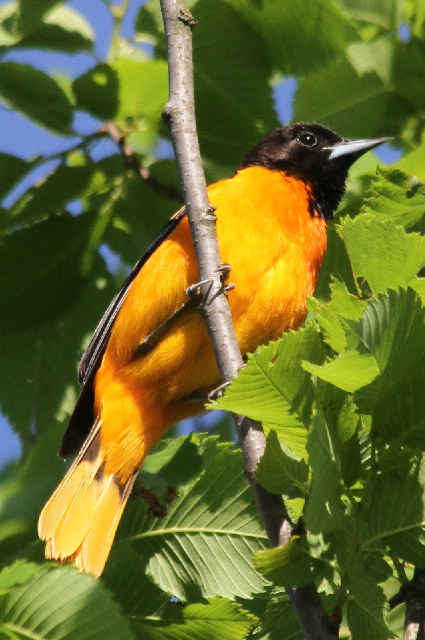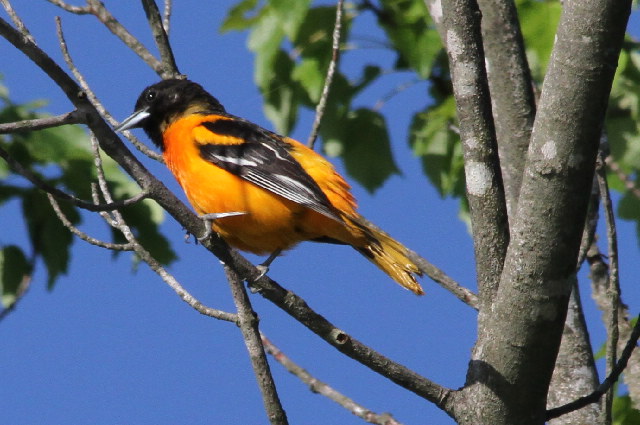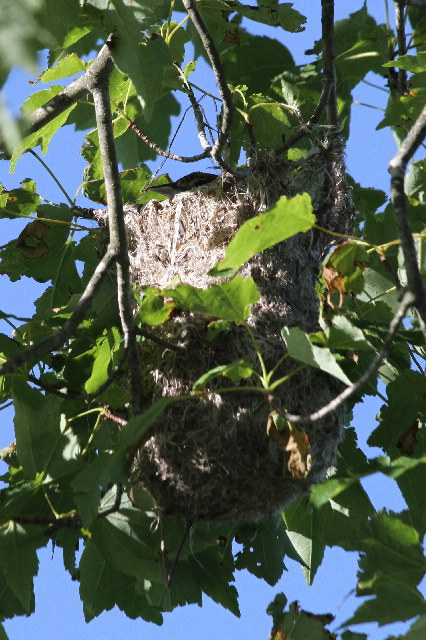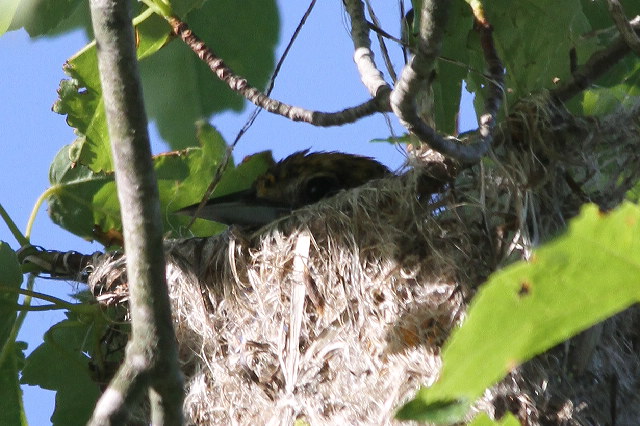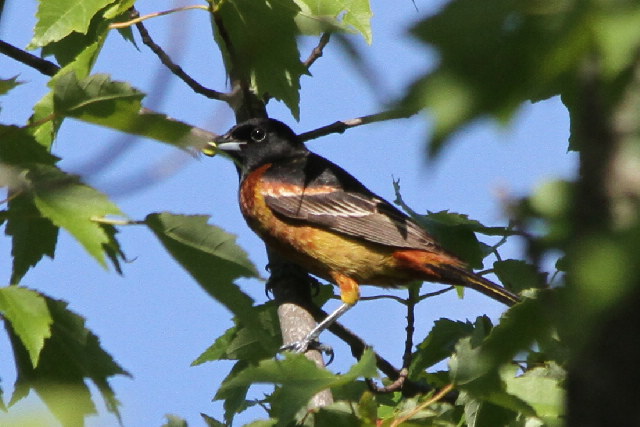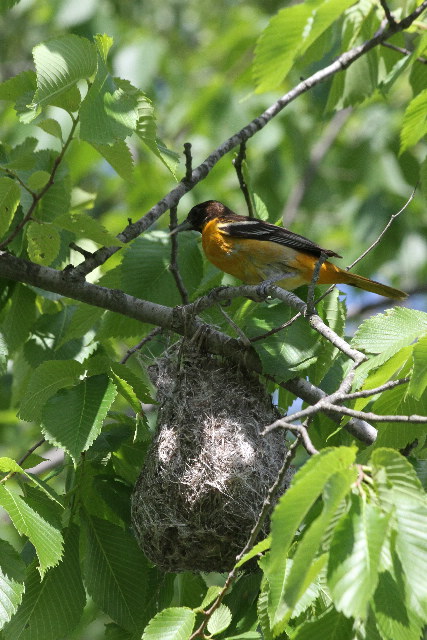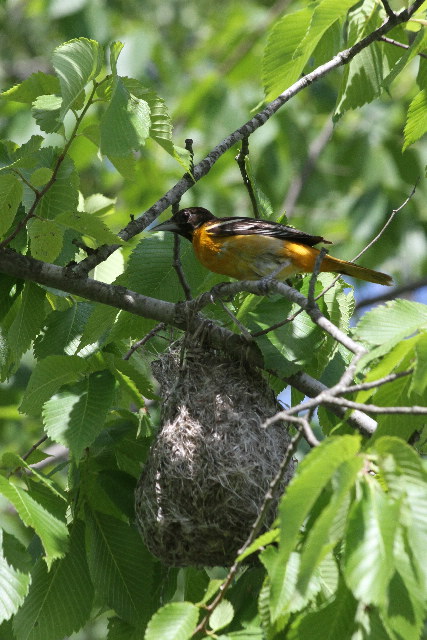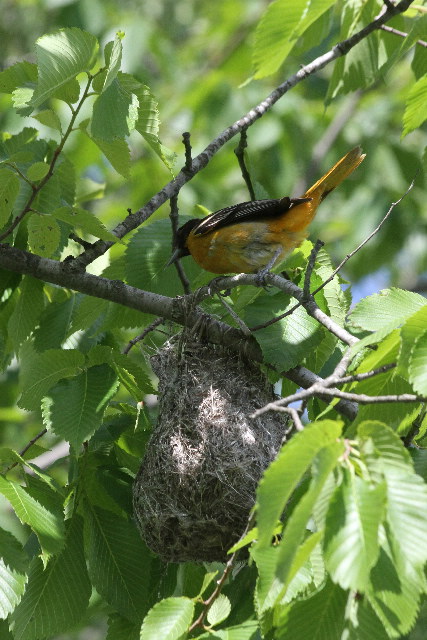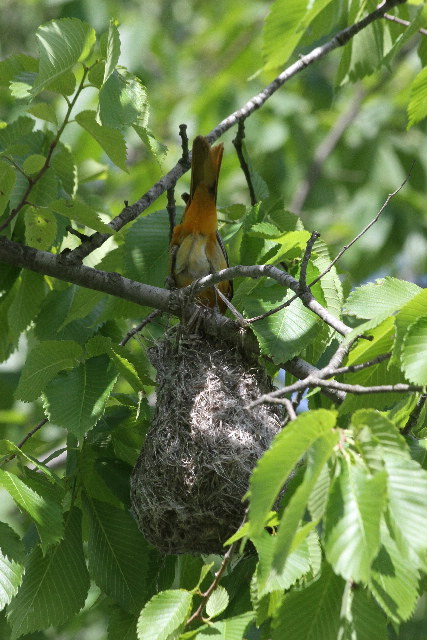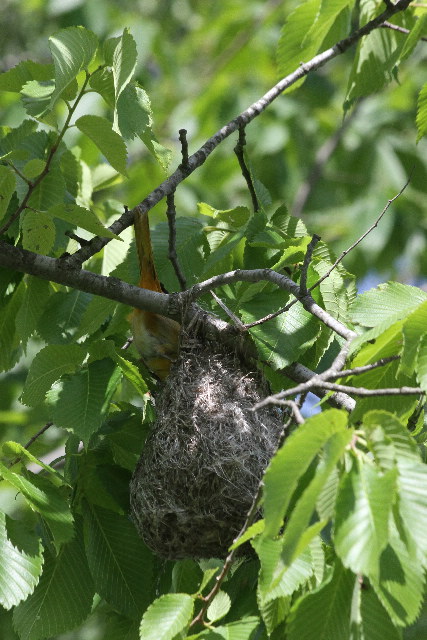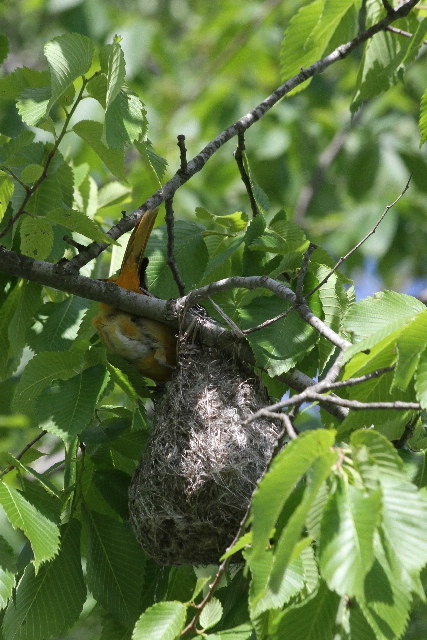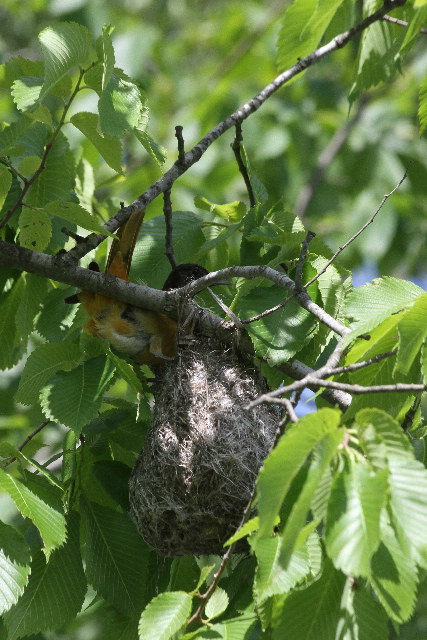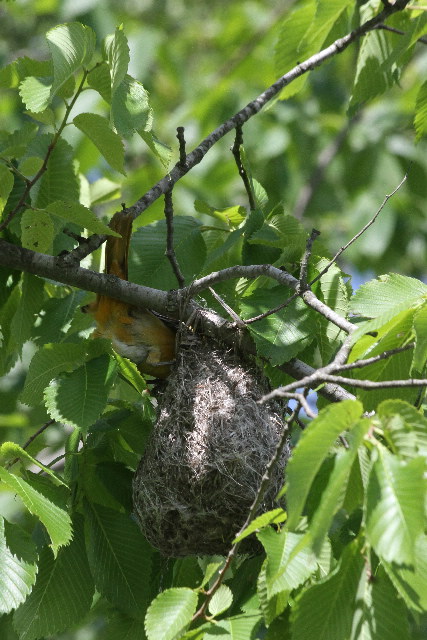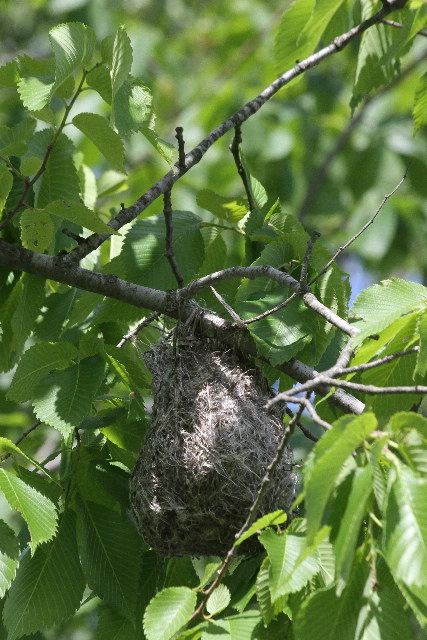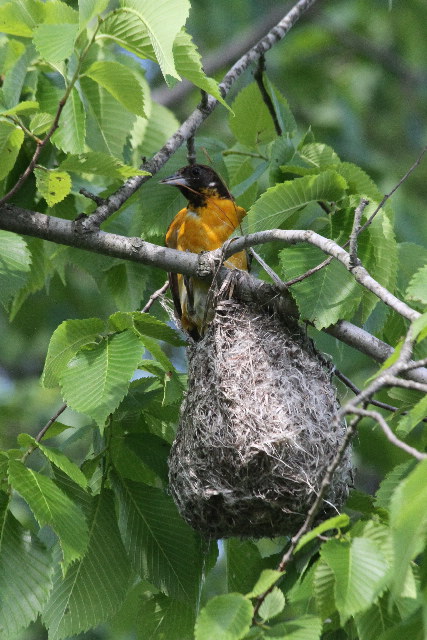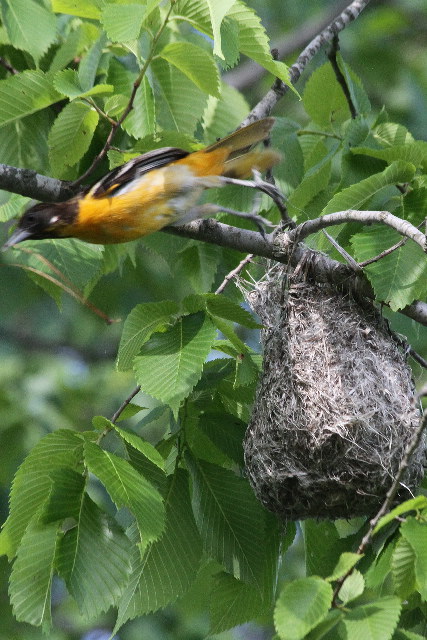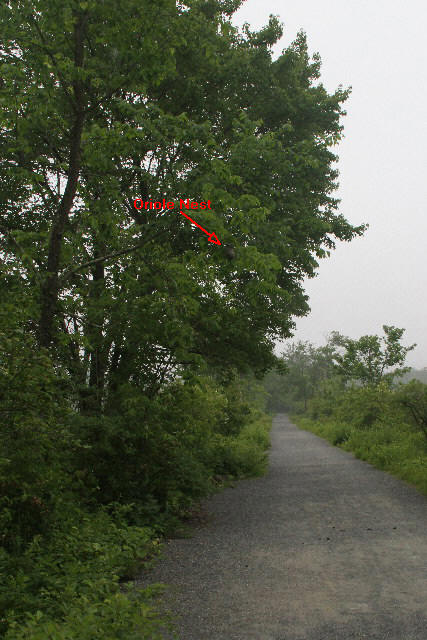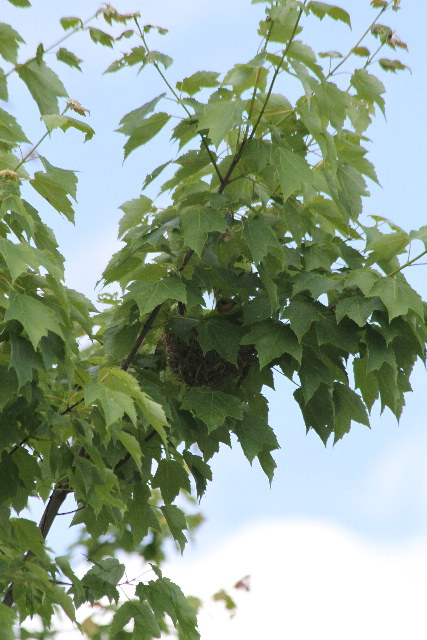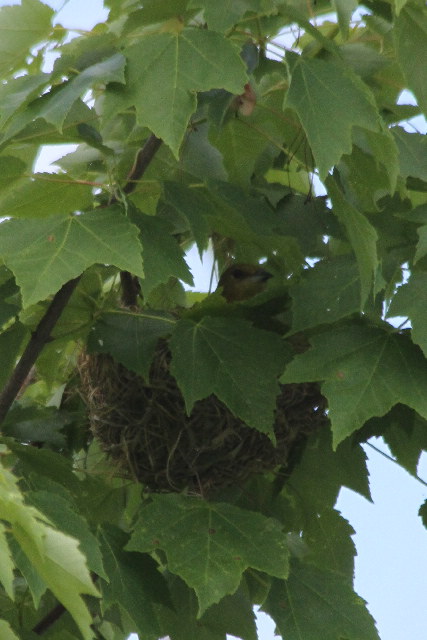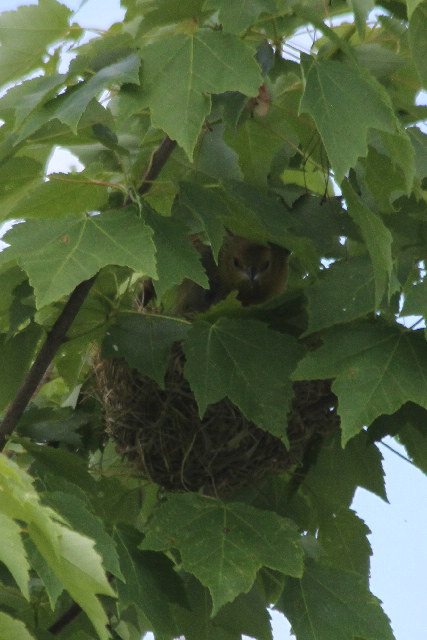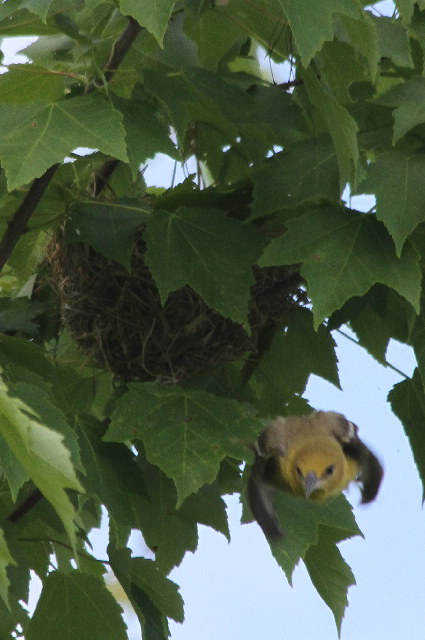Along the Air Line... 2010 - Spring, Part 13 The Air Line Trail in Eastern Connecticut - Stan Malcolm Photos |
mAir Line Home Page Stan's FlickR Albums |
May 26th. A male Yellow Warbler (Dendroica petechia) with a caterpillar. |
Heading back to the nearby nest. |
The female was also hunting nearby. |
Further down the trail, another male sang. |
Ornamental Iris at the Route 85 Trailhead. |
|
May 27th. At least five Snapping Turtles (Chelydra serpentina) were laying eggs this morning. |
|
Poor attempt at camouflage? |
Compared to the shell size, Snapping Turtle legs, head, and tail are proportionately large. |
They move quickly overland with a high stance unlike that of other turtles. |
Painted Turtles (Chrysemys picta) were also laying eggs. |
|
Multiflora Roses (Rosa multiflora) are in full bloom. |
This Oak-apple Gall was formed by tiny Cynipid wasps (Amphibolips confluenta). Another source identifies the wasp as Biorhiza pallida. |
A female Black-winged Damselfly (Calopteryx maculatum). Females have white "stigmas" on all wings; the male wings are all black. |
A Snipe Fly (Family Rhagionidae). |
A Long-legged Fly (Family Dolichopodidae). |
A Sawfly larva, Periclista sp. The adult will be a type of wasp. |
|
|
Male Baltimore Orioles (Icterus galbula) tend to perch high in trees with their nests below... |
...and swoop out to frighten other birds that come too close. |
|
|
|
|
One of several nests. In this one, "Mom" is peeking out the top. |
|
Finally, a picture of an Orchard Oriole (Icterus spurius). They have a nest adjacent to the trail too. (Thanks to Nick and Bob for nest spotting help this morning.) |
Mid-afternoon on May 28th. Back for better pictures of Orioles coming and going from their nests, starting with a Baltimore Oriole coming... |
|
|
|
|
|
|
|
Out of sight inside... |
...going... |
|
|
...and coming back again. |
This shows the location of the nest photographed above. |
Further down the trail is an Orchard Oriole (Icterus spurius) nest... |
...with the female inside. The Orchard Oriole nest seems more shallow and open at the top compared to the Baltimore Oriole nest. |
Heading out. |
|
